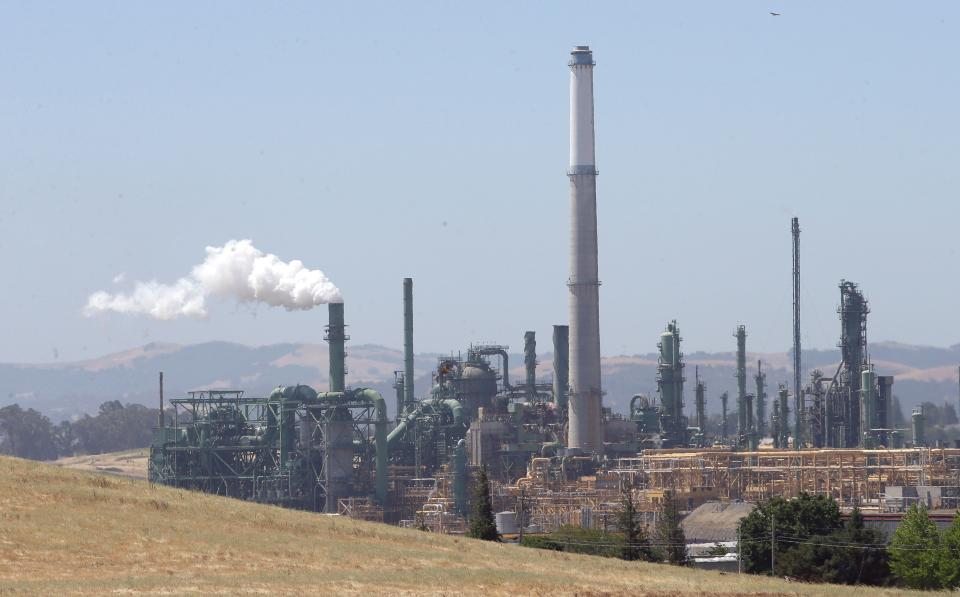Carbon prices are like unicorns and fairy dust

It seems a sensible solution: To slash emissions of the greenhouse gases dangerously warming the planet, force polluters to pay for what they cough out. Slapping a price on carbon, the argument goes, should prod companies and consumers to go green, from electric cars to renewable energy to diets lower in meat.
But mounting evidence suggests that carbon prices are like unicorns and fairy dust: dazzling in concept and all but meaningless in practice.
More states, regions and countries than ever are putting prices on carbon emissions. Europe has done it, certain U.S. states have done it, Canada is doing it, and China, the world’s biggest emitter, is moving to do it. Yet global emissions are surging to new highs.

OUR VIEW: Greenhouse gases blowing the wrong way for America
One-fifth of all global emissions, the World Bank says, are now subject to a carbon price — either a tax or a market in mandatory pollution permits known as cap-and-trade. Nevertheless, energy-related carbon emissions jumped 1.6 percent in 2017, according to the International Energy Agency, and they likely rose more in 2018.
Why aren’t carbon prices curbing global warming? They tend to constrain emissions only in certain parts of the economy. And even there, politicians tend to lack the guts to set the prices high enough to change much. Little wonder that, according to World Bank figures, less than 1 percent of global emissions are subject to a carbon price that economists believe is high enough to change much.
So carbon prices aren’t just ineffective; they’re counterproductive. By providing the illusion that they’re effectively dealing with climate change, they reduce pressure for tougher policies that could meaningfully curb emissions, such as phasing out coal as an electricity fuel except where it’s paired with carbon-capture technology; maintaining existing nuclear plants; and making renewable energy cheaper.
Climate change, an existential challenge, deserves a massive response. In the future, perhaps carbon pricing will work. So far, it looks like a diversion.
Jeffrey Ball is scholar-in-residence at Stanford University’s Steyer-Taylor Center for Energy Policy and Finance. For a fuller discussion, read his 2018 essay in Foreign Affairs, “Why Carbon Pricing Isn’t Working.” Follow him on Twitter: @jeff_ball
If you can't see this reader poll, please refresh your page.
This article originally appeared on USA TODAY: Carbon prices are like unicorns and fairy dust

